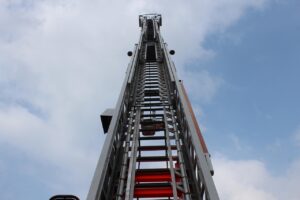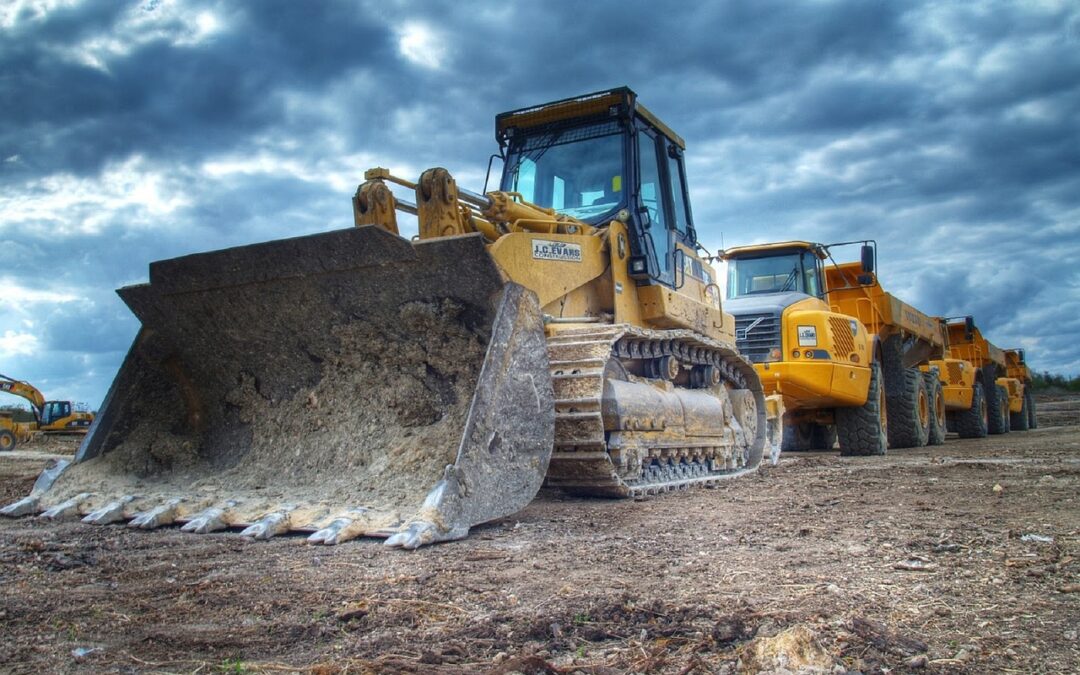Mining is a necessary industry, yet it has always carried inherent risks. Over the years, tragedies and accidents have led to the evolution of safety regulations aimed at protecting miners. Understanding the History of MSHA is crucial for mine operators, workers, and the general public. By diving into its origins, we can appreciate the life-saving regulations put in place to safeguard miners.
What Is the History of Mine Safety?
Mine safety has a long and storied history, often written in the aftermath of tragic accidents. From the early days of coal mining in the United States to the modern era of sophisticated underground operations, safety regulations have continuously evolved to address the unique challenges faced by miners.
Catastrophic events, such as the Monongah Mining Disaster of 1907—where over 350 miners tragically lost their lives—serve as grim reminders of the inherent dangers of mining. These incidents, though tragic, have been catalysts for significant improvements in mine safety, prompting significant improvements in mine safety practices and regulations. Over the years, regulations have shifted from reactive to proactive, aiming to prevent accidents before they happen, rather than merely responding after the fact.
Why Was MSHA Formed?
Early mining operations were notoriously dangerous, with many fatalities occurring before modern safety regulations were introduced. One of the most significant turning points came on November 20, 1968, when a violent explosion at the Consol No. 9 mine in Farmington, West Virginia, claimed the lives of 78 miners. This disaster pushed Congress to act, resulting in the Federal Coal Mine Health and Safety Act of 1969, the precursor to MSHA.
The formation of MSHA began with the realization that coal mining accidents were preventable with proper oversight and safety protocols. These regulations weren’t just about protecting the miners; they were about ensuring that mine operators took responsibility for the well-being of their workers.
Who Runs MSHA?
The Mine Safety and Health Administration operates under the U.S. Department of Labor. The agency is regulated by a network of regional offices and specialized divisions, each responsible for ensuring compliance with mine safety laws across various sectors of the industry. The Assistant Secretary of Labor for Mine Safety and Health oversees MSHA, playing a key role in guiding the agency’s activities, including inspections, fines, and rule enforcement.
By maintaining strict oversight, MSHA ensures that mines operate safely, providing resources for training and preventive measures. These regulations aren’t just set and forgotten–they are constantly reviewed and updated to align with the current state of the industry.
How Has MSHA Helped Mines?
MSHA’s impact on the mining industry is undeniable. Over the years, it has introduced essential safety protocols that have dramatically reduced the number of mining accidents and fatalities. For instance, MSHA mandates that mining companies conduct regular safety audits and provide adequate protective equipment for their workers.
There are numerous documented cases where MSHA’s intervention helped prevent disasters. One example is the increased focus on ventilation systems to minimize the risk of methane explosions, a common hazard in underground coal mines. Another success story is MSHA’s influence in reducing pneumoconiosis (black lung disease) through stricter dust control measures.
How Has MSHA Changed Throughout the Years?
Since its inception, MSHA has continuously evolved to tackle emerging challenges in mine safety. Technological advancements have empowered the agency to adopt more precise inspection techniques and incorporate automation to enhance safety procedures. For instance, the agency now relies on digital tracking systems to monitor mining activities in real-time, improving response times during accidents.
Beyond technology, MSHA has adapted its regulations to address the environmental concerns associated with modern mining. Recognizing the industry’s impact on the surrounding ecosystems and communities, MSHA has implemented stricter controls on dust emissions, noise pollution, and the handling of hazardous materials. These regulatory changes are designed not only to protect the health and safety of miners but also to mitigate the environmental footprint of mining operations.
How MSHA Regulations Continue to Protect Miners Today
As we’ve discussed, MSHA’s role in the mining industry is more than just regulatory—it is fundamentally lifesaving. By keeping workers safe, MSHA not only protects individuals but also ensures the longevity and productivity of mining operations.
Through its emphasis on proactive safety measures, routine inspections, and continuous training, MSHA has significantly reduced the frequency of accidents and hazardous incidents. These efforts make the industry a safer place for everyone involved.
If you’re a mine operator or employee, staying compliant with MSHA regulations is critical for both safety and success. One way to ensure this is through our comprehensive mine safety training courses, designed to meet all current MSHA standards and help your operation stay ahead of the curve. Learn more about our services here.

How Does MSHA Help You and Your Mine Operation?
By adhering to MSHA’s regulations, operators ensure the well-being of their workers and avoid costly shutdowns due to non-compliance. These regulations cover everything from routine MSHA inspections to mandatory training programs to ensure that all workers know the hazards of the job and how to protect themselves.
In addition to preventing accidents, MSHA offers resources for mine operators, helping them stay up-to-date with the latest safety standards. This proactive support not only saves lives but also shields companies from substantial fines, legal repercussions, and potential damage to their reputation.
Together, MSHA, mine operators, and workers can build a safer, healthier future for the mining industry.

